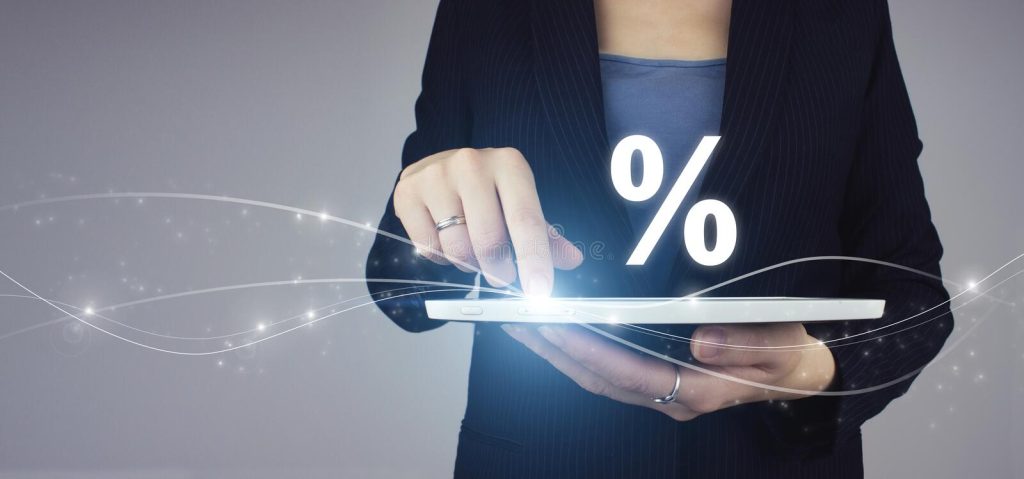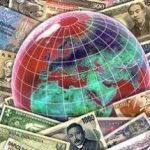Each currency carries an interest rate. It is like a barometer of the strength or weakness of an economy. If a country’s economy strengthens, the prices may sometime rise due to the fact that the consumers become able to pay more. This may sometimes result in a situation where more money is spent for roughly the same goods. This can increase the price of the goods.
When inflation goes uncontrolled, the money’s buying power decreases, and the price of ordinary items may rise to unbelievably high levels. To stop this imminent danger, the central bank usually raises the interest rates.
When the interest rate is increased, it makes the borrowed money more expensive. This, in turn, demotivates the consumers from buying new products and incurring additional debts. It also discourages the companies from expansion. The companies that do business on credit have to pay interest, and hence they do not spend too much in expansion.
The higher rates will gradually slow the economies down, until a point of saturation will come where the Central Bank will have to lower the interest rates. This reduction in rates is aimed at encouraging the economic growth and expansion.
When the interest rate is high, foreign investors desire to invest in that economy to earn more in returns. Consequently, the demand for that currency increases as more investors invest there.
Countries offering the highest RoI by offering high interest rates tend to attract heavy foreign investments. When a country’s stock exchange is doing well and offer a good interest rate, the foreign investors are encouraged to invest capital in that country. This again increases the demand for the country’s currency, and value of the currency rises.
In fact, it is not just the interest rate that is important. The direction of movement of the interest rate is a good pointer of demand of the currency.


